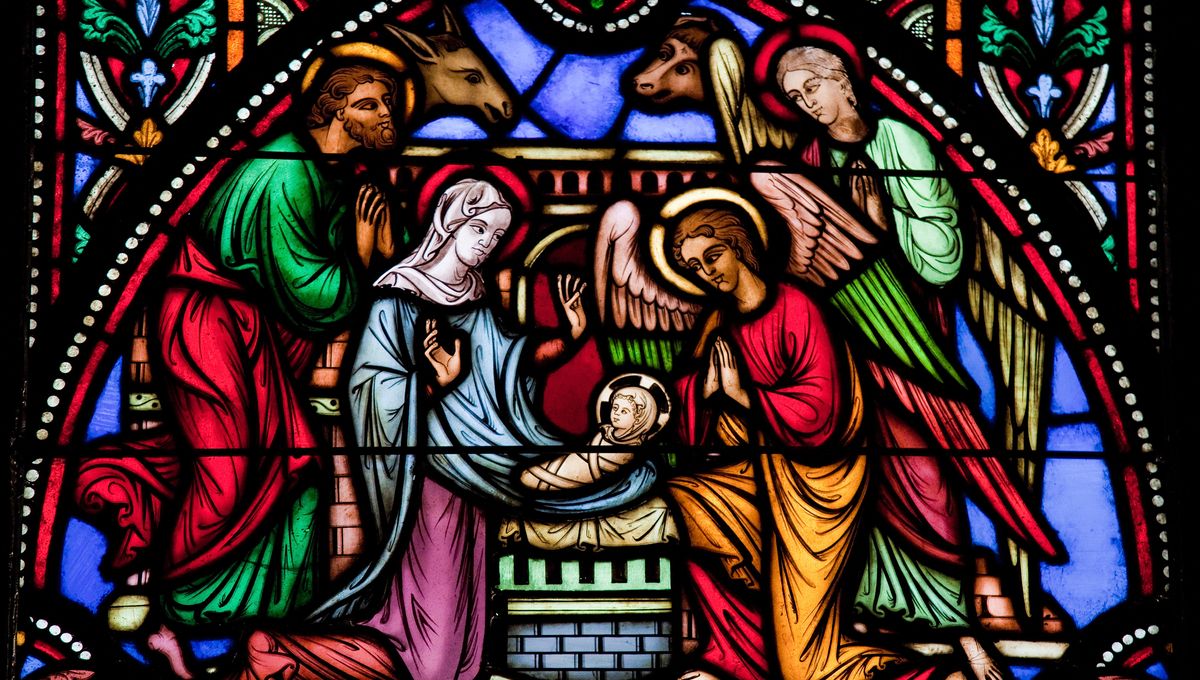
Historically, Jesus of Nazareth was a first-century Jewish preacher and religious leader, seen as a prophet by followers of Islam – and, of course, he is believed to be God the Son made flesh and the long-awaited Messiah who was prophesied in the Hebrew Bible. This latter part earned him the appellative ‘Christ.’
Christians around the world celebrate his birth on December 25 and the modern calendar counts the years from his birth year. But scholars connecting the mythological Christ with the real Jesus have tried to discover exactly when he was born. There is not enough contemporary evidence from the time to precisely date the birth, but it is clear that the traditional view has no supporting evidence.
No such thing as the Year Zero
First of all, there was no such thing as the “Year Zero”. But even if there was, Jesus was not born then. The canonical gospels of Matthew and Luke, written a whole generation after Jesus was alive, give some historical connection, but they don’t work together. Matthew mentioned that the birth took place during the time of Herod the Great. Luke said that the birth took place during the census of the Roman governor of Syria, Quirinius (Cyrenius).
The issue is that the census was in the 6th year of the Common Era (6 CE), but Herod died at least 7 years earlier, if not 10 years. There were other censuses conducted in the years before CE. Scholars tend to consider the Herod connection more so than other ones, so the birth year is generally thought to be realistically between 6 and 4 BCE. Luke might have meant before Cyrenius was in government, but that could be a generous interpretation of a mistake.
A theory based on the Star of Bethlehem suggests the sign in the sky was actually a comet, and that would place the birth of Christ near April of 5 BCE.
What’s special about December 25?
The celebration of the Nativity was not something that Christians did for the first few centuries of Christianity. Easter, and then the epiphany, began to be celebrated in the 2nd century. The oldest known mention of the birth of Christ on December 25 comes in the 3rd century by Hippolytus of Rome.
It would take several decades for the celebration known as Christmas to become part of the Christian tradition. And roughly since then, scholars have been arguing if it was indeed December 25 or another day of the year. Winter and spring seem to be the favored seasons, but there is no evidence in the canonical gospels (nor the non-canonical) of when it took place.
Since the 1200s, people have noticed the connection between December 25 and the Roman festival of Sol Invictus, the invincible Sun, which marked the time right after the solstice when the days start getting longer. The full name of the celebration is “Dies Natalis Solis Invicti” which translates from Latin to the Day of Birth of the Invincible Sun. “Natale” is still how Italians refer to Christmas.
Source Link: When Was Jesus Really Born?